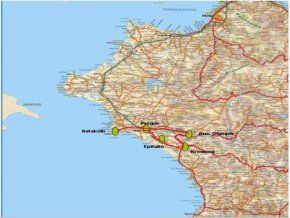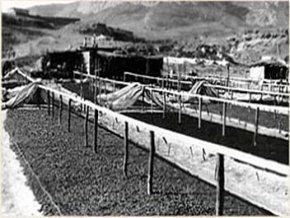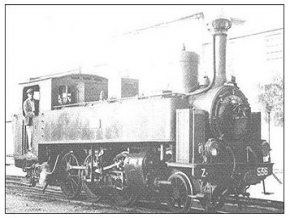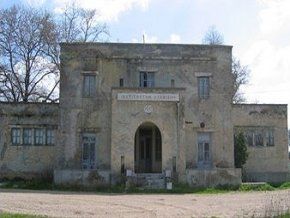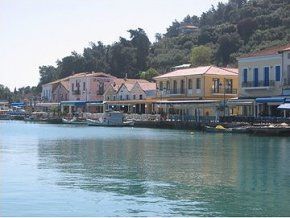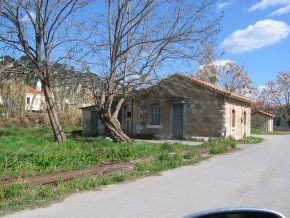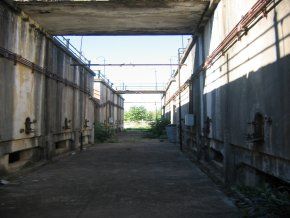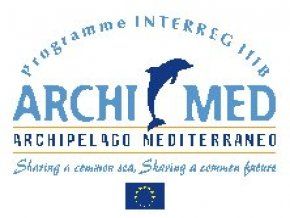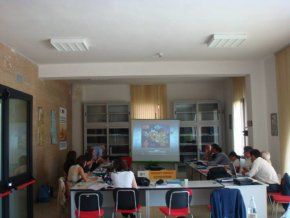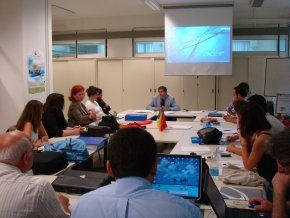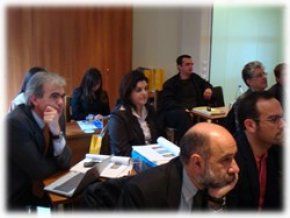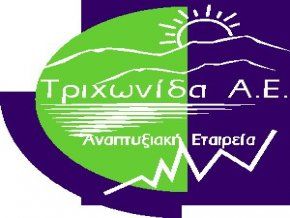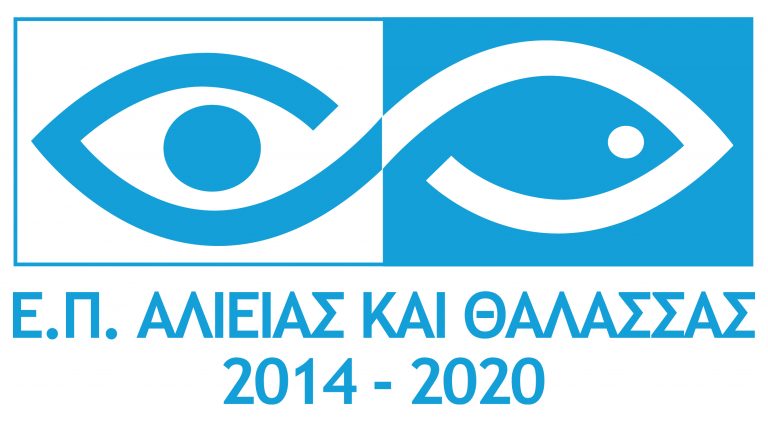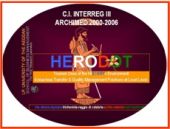 Ημερομηνία Έναρξης: 30 Ιανουαρίου 2009
Ημερομηνία Έναρξης: 30 Ιανουαρίου 2009
Ημερομηνία Λήξης: 30 Ιανουαρίου 2009
herodot_1 herodot_3
Web site http://www.iris.aegean.gr/herodot/
The Herodot partners:
herodot_4 The University of Aegean – IRIS Research Laboratory (Greece) LEAD PARTNER
herodot_5 The University of Basilicata (Italy)
The University of Bari
The University of Catania
The Science and Technology Park of Sicily – S.C.P.A. (Italy)
The Region of Sicily (Italy), the Mediterranean University of Reggio di Calabria (Italy)
herodot_6 The Development Agency of Trichonida (Greece)
herodot_7 The Development Agency of Olympia (Greece)
herodot_8 The Development Agency of Drama (Greece
The goals of the Herodot program include:
Educating partners to produce a touristic model of quality experiences based on the historic and natural environment
A distance e-learning course on tourism planning, heritage management and interpretations supported with an e-Library for everyone to use
Development of methodologies for managing leisure time by creating visitor friendly, quality experiences which meet visitors’ needs and requirements while maintaining the authenticity and integrity of the place at the same time
Implement selected pilot projects in each partner’s area
Print guide through the areas that will help the visitor see the areas and all its hidden treasures based on a specific theme trail
Ilia Perfecture
Is an area that carries a long history with important cultural, archeological and historical monuments and is gifted with places of natural beauty.
Attractions
Ancient Olympia
- Archaeological Site
- Archaeological Museum of Olympia
- History of the Olympic Games Museum
- International Olympic Academy
The Herodot Project
herodot_7 The raisin was the main cultivated product from Corinth to Kalamata that after the liberation and with the coming of Kapodistrias marked the economy of the area and the entire country until the first decade of the 20th century.
- The highlighting of the cultural elements, the history and the constant presence of the area and their connection with the raisin course from its cultivation areas to Katakolo port, with ultimate goal the tourism development.
- The course is directly linked with the railroad that was constructed to serve the transport of the raisin to Katakolo for export
- Since 1890s the reality changes & the decline starts (raisin crisis) that lasts until the first decades of the 20th century
Today: still cultivated in these areas in small quantities, with the farmers aiming for the financing and disregarding its production and sale of the raisin.
Raisin crisis causes:
- Change on international markets, reduction of demand (France produces own product)
- Lack of strategy for the correct product promotion from different governments bankruptcy and product depreciation
- Extreme climatic conditions: hail, frost, tornado destroy cultivations
In an effort to use the surplus development of new businesses (wineries, distilleries)
A transition era begins with the development of new industries
(flour mills, olive presses etc).
- Tourism infrastructure development: hotels
- Consulate Establishments: Italy, France, USA, Norway, Germany etc
- Development of upper urban class
- Basic infrastructures construction (railroad) <
- Pyrgos- Katakolo Line (S.P.K) that operated on 03/02/1883 & was the first in liberated Greece (besides Attica)
- Immediately after that: construction of the Peiraus- Kalamata line that connected all the important lowland towns of the Ilia Prefecture
- Local lines Kavasila – Killini & Pyrgos – Anc. Olympia
- The capital city of Ilia prefecture, Pirgos is situated 310 klm southwest of the capital city of Athens and has a population of 24.000 inhabitants. It is built on a hill in the middle of a very fertile valley. It is the economical and trade centre of Ilia district and has a large agricultural production. In the historical centre of Pirgos, one may see a considerable number of neo-classical buildings and several industrial buildings, dating back to the 19th century until the beginning of the 20th century, and present the architectural philosophy of that time.
- Katakolo is small onshore town and was the main raisin exporting port of Ilia. The town of Katakolo has a distinctive character as many of the building that are in front of the port where built in the early years of Katakolo and were used as storehouses of raisin until it was shipped abroad. Today, these buildings are used as taverns and coffeehouses that attract the citizens of Pirgos city and the surrounding villages.
- Ancient Olympia is today a small town of 1475 habitants, situated near the river of Alfios.
Olympia was a town in ancient Ilia, known as the place the Olympic Games took part during the classical years. At the same place, the ancient sacred city of Alti was located. - Krestena is a small town of 5783 habitants built in the middle of a pine forest and with the church of Saint Georgios on its top. The area has been inhabited from the Stone Age and very later, around the 9th and 10th century, a sanctum for Hera was built and the famous statue Hermes of Praxiteles was located there.
- Epitalio town is the capital of Bolakos Municipality and has 5.059 habitants. On the heist point of the town, is the monastery of Zoodoxos Pigi, decorated with altarpieces of great value.

